There are numerous ways to calculate your site’s performance. The most obvious of these is, without a doubt, the conversion rate. However, let’s pause for a moment and appreciate your website for what it is — a tool for creating long-term value for your business. From this point of view, it quickly becomes evident that improving performance doesn’t just mean focusing on conversions. Instead, it requires dedication to boosting multiple core marketing metrics.
One way to do this is to concentrate on delivering a great customer experience. According to research from PWC, consumers are willing to pay up to 16% more for a product or service if it means a better CX. 17% of people are likely to walk away from a brand after a single bad experience. And the elements that contribute to a positive shopping experience include speed, convenience, expertise, and friendly customer support.
So, if you’re ready to adopt a customer-first approach to growing your business, here are the eight ways you can use customer experience to boost your site’s performance.
1. Average Session Duration
As you measure your site’s performance, the first thing you must evaluate is the ability of your pages to capture and retain user attention. And one of the best ways to do this is to look at the average session duration.
In the simplest of terms, average session duration indicates a site’s capacity to engage visitors through well-optimized design, copy, and CTAs. It’s a crucial Google ranking signal, which, when done right, allows your content and landing pages to appear at the top of SERPs (empowering you to attract more visitors). And, of course, boosting average session duration means longer interaction times between your target audience and the contents of your website, giving you more time to convince your prospects to invest in your brand’s products and services.
But how does customer experience contribute to this core marketing metric?
Well, it’s simple: an exceptional website browsing experience directly relates to your audience’s willingness to interact with your site. So, if you can find ways to make browsing more enjoyable (and attractive), you can boost dwell times and improve your site’s rankings (as well as your customers’ satisfaction).
In addition to nailing the technical performance of your website (improving speed and responsiveness) and enhancing your site’s aesthetic appeal with imagery, an alternative way to boost CX would be to embed relevant, engaging videos above the scroll line of your pages.
After all, data shows that consumers love learning about solutions through video, with 89% of people saying that watching a video has convinced them to purchase a product/service.
So why not explore ways to employ video marketing to improve your site’s performance?
If you check out the MarketBeat homepage, you’ll see how the brand allows web visitors to consume original content in various formats, including text, charts, audio, and video. But what stands out from a CX point of view is that a single click on the highlighted resource brings up an embedded YouTube video that visitors can view straight from the homepage without having to navigate away from where they are.
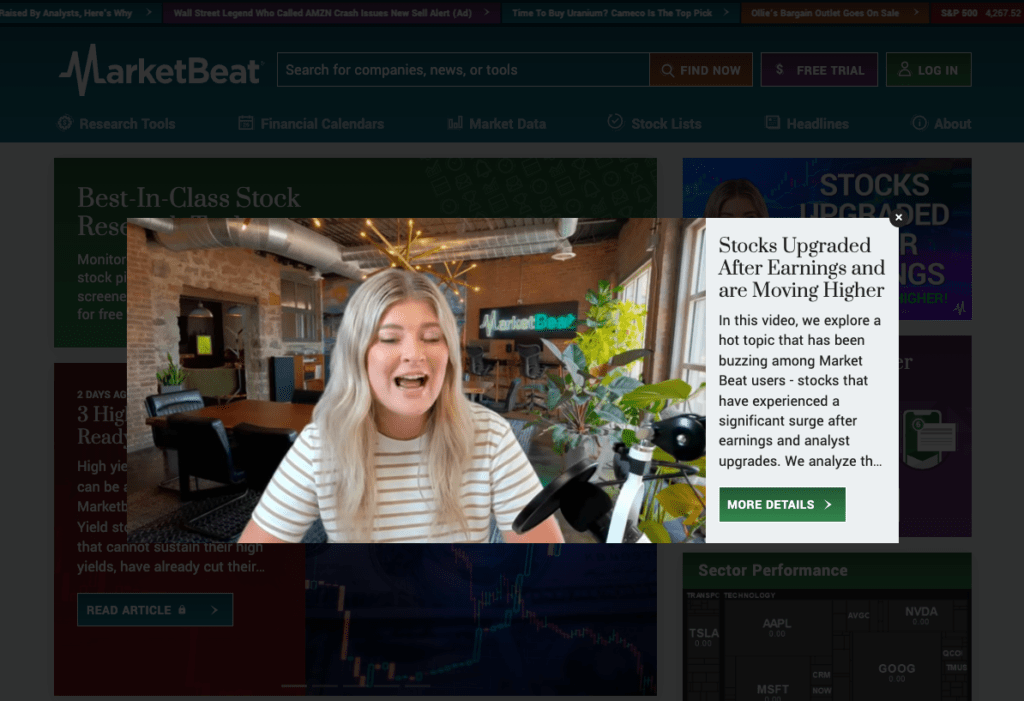
If you decide to use this tactic to boost average session duration, follow the best practices for using video on your site. Ensure that you present visitors with high-quality content. Make sure the topics you cover are relevant to your target audience. And, finally, don’t forget to continually update homepage videos, as nothing spoils the viewing experience more than an outdated resource that offers no new value and is, ultimately, nothing but a waste of time.
2. Average Order Value
Average order value (AOV) is the second metric you should track to estimate your site’s performance.
Essentially, a high AOV indicates that your site does well at convincing consumers of the value offered by your brand. When buyers are willing to spend more, it shows that you’ve made the right design and copywriting decisions to inspire consumers to convert.
Moreover, a high AOV is a testament to your understanding of your target audience, with a higher average order value reflecting your success at identifying and delivering the solutions your prospects need.
But how can you use CX design to increase AOV? Well, the following two easy tactics could help you do this.
On the one hand, make sure to intelligently use cross-selling and upselling functionalities. Predict your audience’s needs and present them with product suggestions that could solve their pain points.
If you check out the Loro Piana eCommerce store, you’ll see a handy “Style With” section at the bottom of each product page. Here, shoppers are invited to check out clothing items and accessories that look good with the garment they’re currently viewing, presenting them with an easy solution for creating fashion looks that look perfectly put-together.
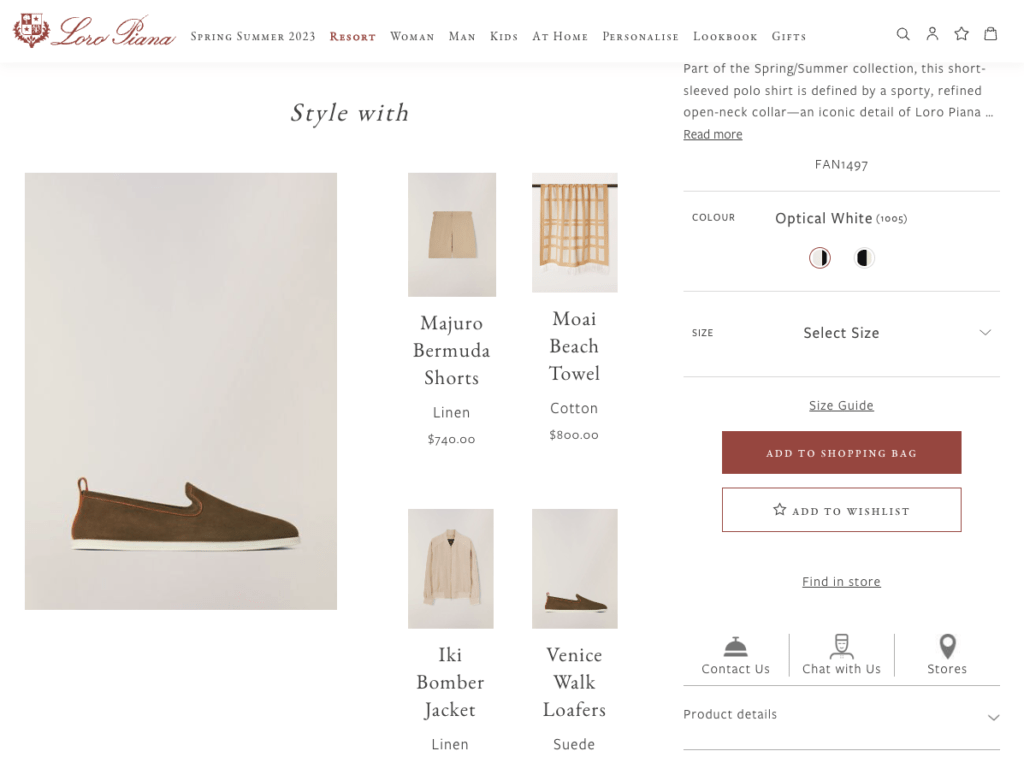
Image Source: LoroPiana
Alternatively, you can use your experience to boost AOV by offering product bundles. These collections can allow your customers to get everything they need at a better price or, simply, without having to do extensive research or search through hundreds of product pages to find the ideal solution for their needs.
Shop Solar Kits is an example of a brand that does this well, with its complete solar panel kits empowering all prospects (regardless of their experience and expertise) to create solar power solutions that simply work.
Investing in these product bundles means buyers don’t have to waste time searching for the perfect generator, then trying to find compatible panels, remotes, screens, cables, chargers, etc.
Moreover, seeing that each bundle comes with setup instructions, wiring diagrams, and after-sale human support, this solution option is the logical choice for most people as it’s simply more convenient.
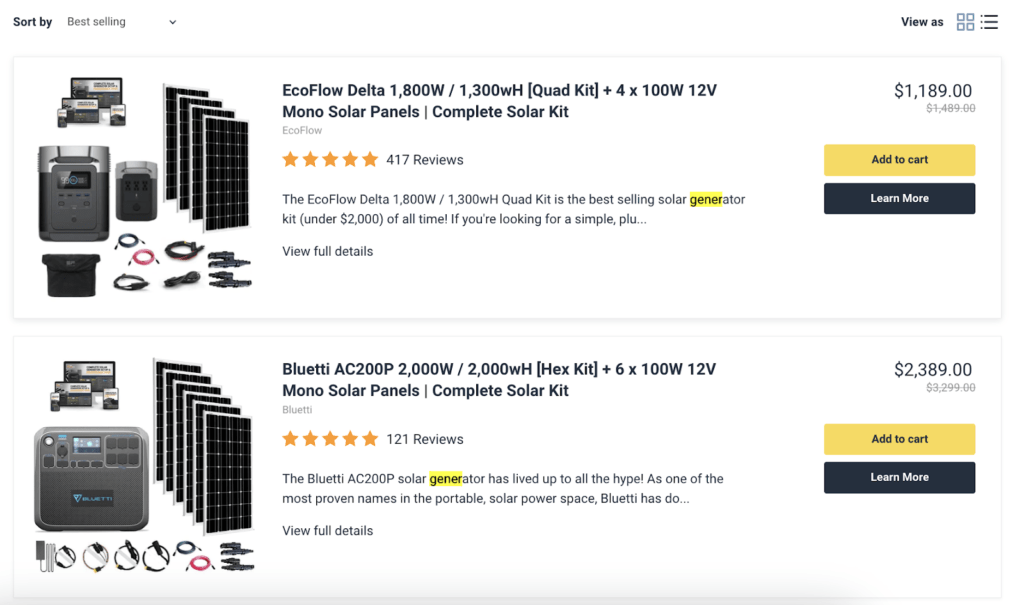
Image Source: ShopSolarKits
3. Social Media Engagement
Social media platforms offer a vast space for reaching and engaging your target audience. And, sure, having a high follower count or thousands of post views does show you’re winning at social media marketing. However, remember that one of the best ways for your business to profit from its social media activity is to transform social media engagement into website visits (which should, ideally, end in a conversion).
So, how do you use customer experience to boost social media engagement? Well, one excellent tactic you can employ is creating content that stimulates involvement. If you’re able to produce website content that delivers value and is highly shareable, you can effectively improve social media engagement rates. Moreover, by doing this, you can attract more site visitors, then use CX design to convert them into loyal customers of your brand.
For instance, if you check out Apple’s Twitter feed, you’ll see that the pinned VR headset announcement includes a direct link to the brand’s website. But what makes this social media post so successful at attracting site visitors (and potential buyers of the headset) isn’t the freshness of the product itself. Instead, it’s Apple’s capability of creating breathtaking product videos and marketing them in a way that makes them sound hyper-relevant to anyone (not just people looking to invest in a VR headset) that helped this tweet reach a whopping 3,250 retweets and over 21,000 likes.
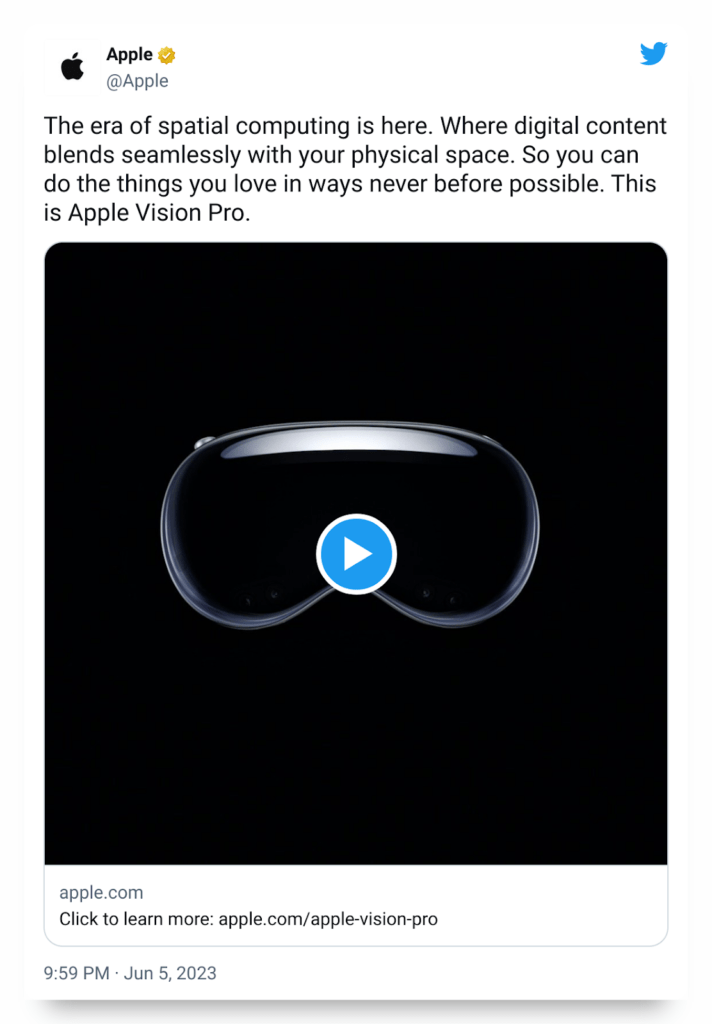
4. Sales Conversion Rate
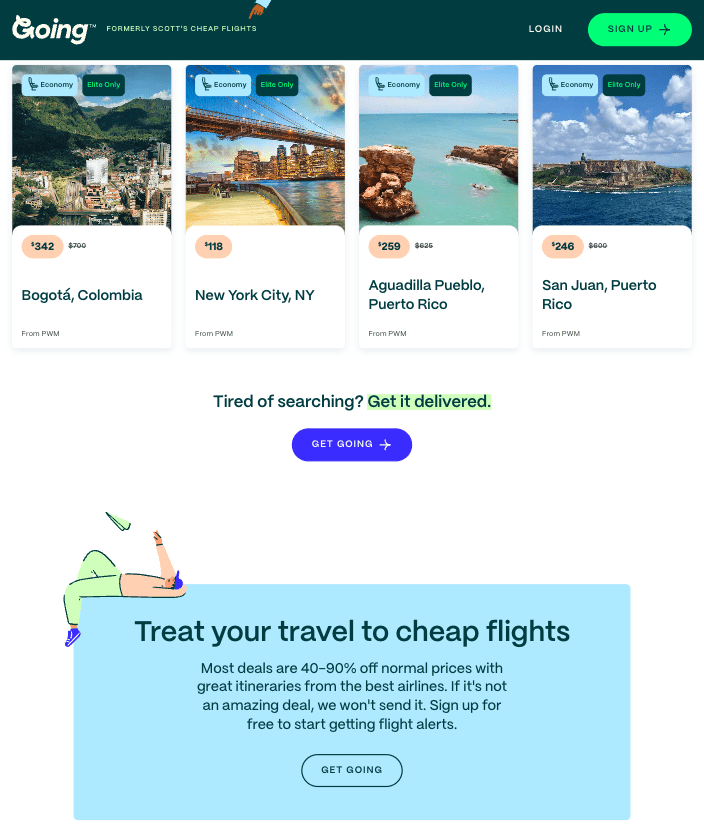
Image Source: Going.com
Secondly, if you want to improve sales conversion rates, don’t forget to highlight trust signals. Research shows that the key to getting people to click “buy” on ecommerce sites is to maximize brand trust and minimize perceived risk. So, explore ways to deliver a browsing experience that evokes trust, be it by showing off social proof, embedding UGC, displaying reviews, or displaying shipping and returns policies to persuade your target audience of your brand’s credibility.
Check out the Mannequin Mall Female Professional Dress Form product page. You’ll notice that it includes multiple examples of social proof, making it easy for web visitors to conclude that this is a trustworthy brand they can buy from with confidence. First, there’s the flyout “Reviews” function in the top right corner of the page.
Then, the product’s star rating is just below the listing name. The section below the “Add to cart” CTA includes several trust badges, including those promising secure payment. And finally, the customer feedback section includes dozens of positive reviews, some of which even incorporate user-generated images.

Image Source: MannequinMall
5. Bounce Rate
High bounce rates are one of the biggest SEO killers. As a vital Google ranking signal, bounce rates indicate whether your landing pages meet your audience’s expectations or if they’re time-wasters presenting irrelevant information your audience has no use for.
Fortunately, you can effectively improve this core marketing metric by focusing on customer experience. More precisely, by focusing on leaving a positive first impression on site visitors, you can significantly increase their chances of sticking around to see what your brand can offer. Note, however, that you have very little time to do this — 50 milliseconds, to be precise.
So what’s the best way to improve your target audience’s initial reaction to your brand? Create a breathtaking hero section. Use compelling and engaging visuals, present your value proposition in a way that ensures product clarity, and use the opportunity to differentiate your brand from its competitors.
A look at Vivion shows just how effectively the brand does this, using the topmost section of the homepage to say what the company does and how buyers could benefit by turning into customers.
For instance, the “We provide safe, ethically sourced, and contaminate-free ingredients” USP communicates everything the brand’s target audience needs to know about its products. Moreover, the heading shows the brand’s commitment to customer safety, which is essential in the low-trust dietary supplement industry.
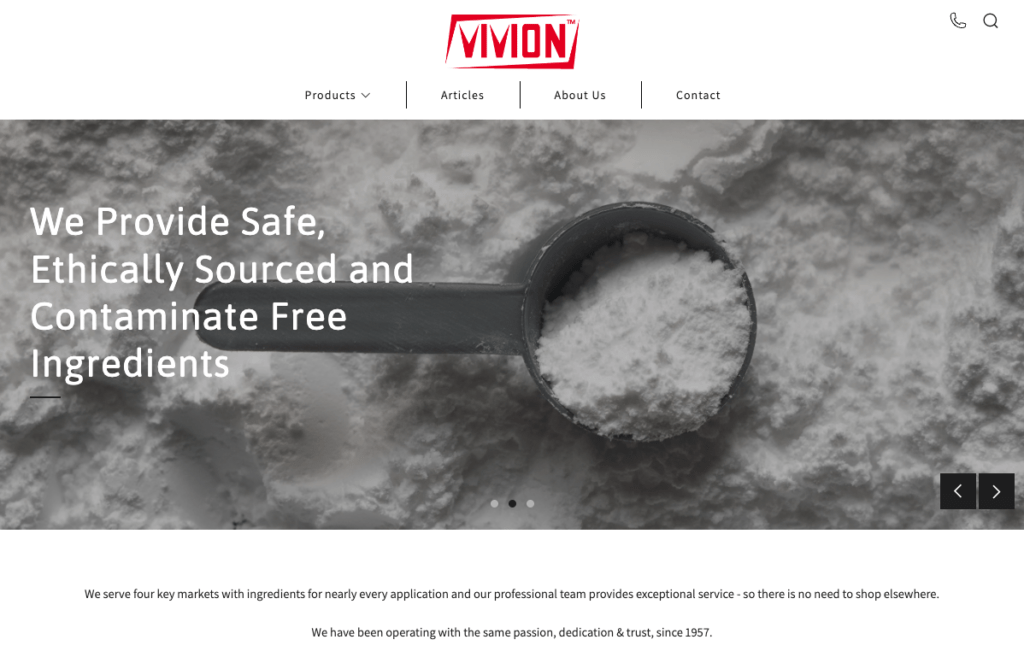
Image Source: Vivion
Milanote does something similar with its homepage design, but what’s interesting about this brand’s approach is that it utilizes multiple elements to communicate the value it offers. The highlight is, of course, the product screenshot supported by the invitation for users to “get organized. [and] Stay creative.” Then, there’s the product description, representing the platform as a tool for organizing ideas and projects into visual boards. And the cherry on top of the sundae is the social proof section of the hero section, where the software solution is depicted as “The Evernote for creatives,” resting on the fact that almost everyone in the world has heard of the popular note-taking app and its advanced functionalities.
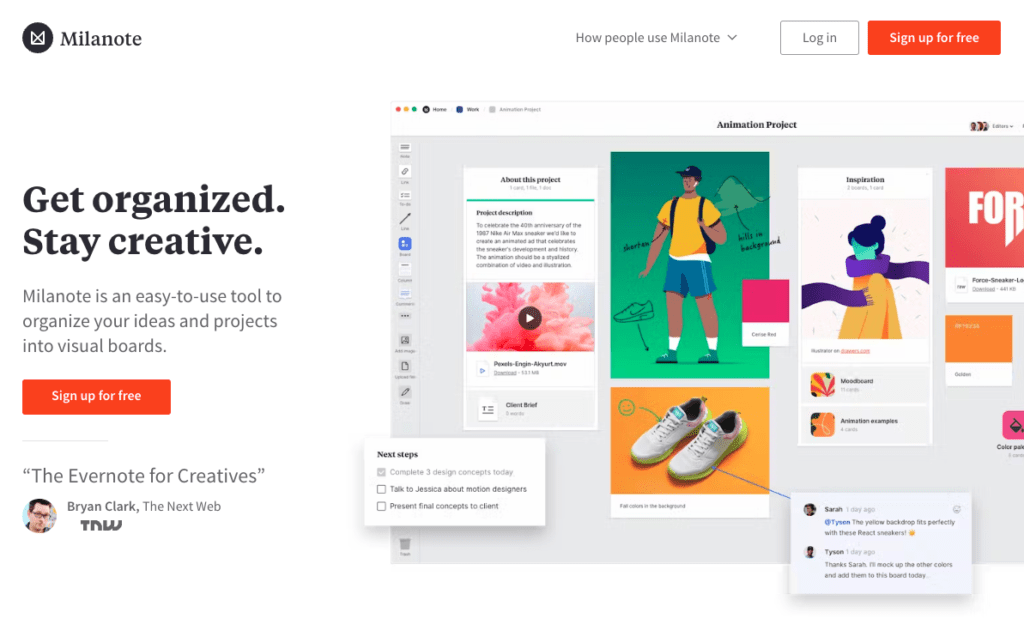
Image Source: Milanote
6. Customer Lifetime Value
Happy customers are loyal customers. And people always spend more money with brands they feel loyal to. So, if you want to use customer experience design strategies to boost your site’s core marketing metrics, look for ways to encourage customer loyalty.
If you’re not entirely sure that investing in this outcome is worth the effort, consider this: it costs, on average, between four and five times more to acquire new customers than to retain old ones. So, if you can encourage existing clients to stick with your products and services — which inevitably leads to higher profits for your brand — you can significantly boost the ROI on your marketing efforts and get more out of every single conversion you achieve.
One excellent way to boost CLV is to offer eCommerce subscription options. Instead of relying on your buyers to come to your brand when they’ve used up your products, you can streamline their shopping experience by allowing them to get refills without having to repeat the buying process.
The SomniFix eCommerce store does precisely this, using its Mouth Strips product page to highlight the fact that web visitors can receive automatic product deliveries every 4, 12, or 52 weeks and save 10% in the process (on top of the savings already included with the bigger packs).

Image Source: Somnifix
SaaS brands can use a variation of this strategy by exploring ways to promote longer subscription periods. Annual subscriptions don’t just improve customer retention. They’re also an excellent way to ensure customer satisfaction, primarily thanks to a longer onboarding period and sufficient time for users to become acquainted with the products. A quick look at the ProdPad Pricing page shows how this brand promotes longer subscription periods by emphasizing that an annual subscription comes with a 20% discount, a CX-boosting strategy you can easily implement on your brand’s site.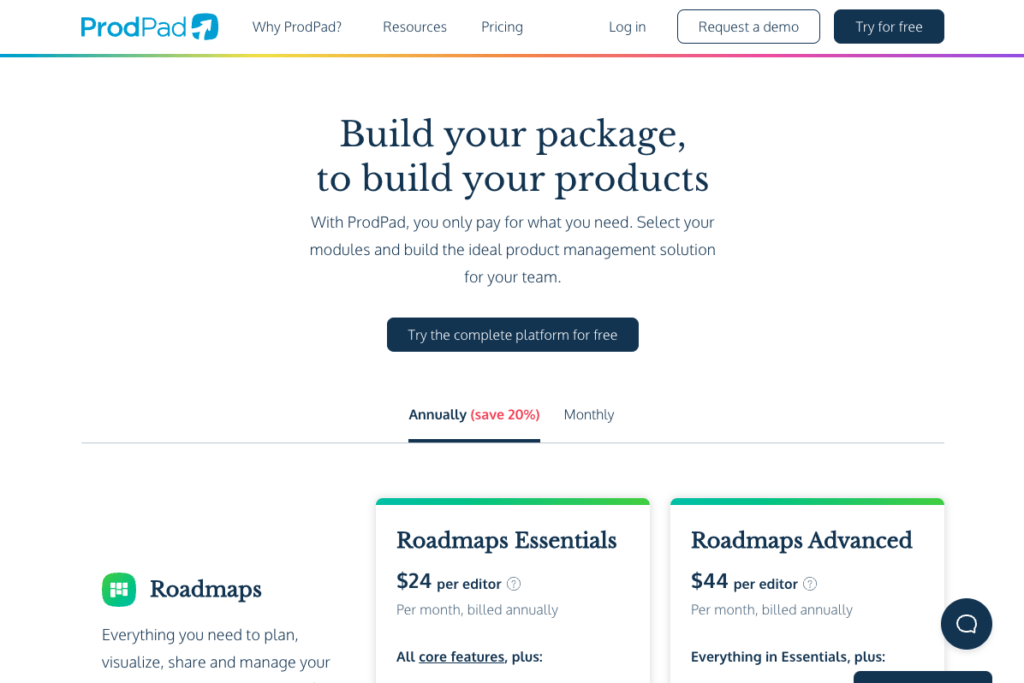
Image Source: ProdPad
7. Abandoned Carts
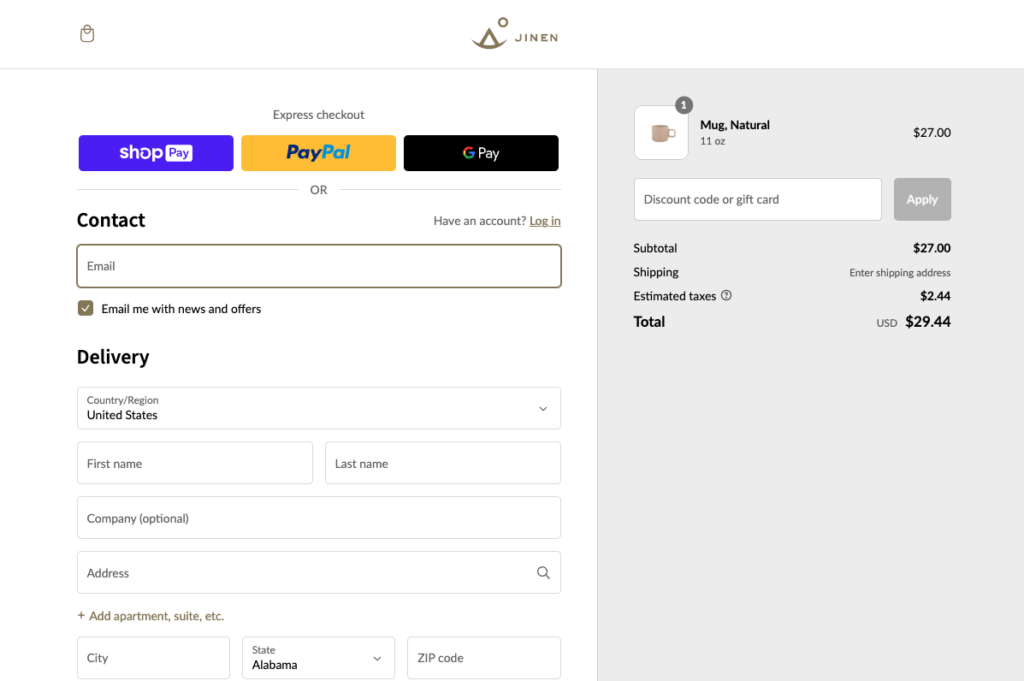
Image Source: JinenStore
8. Email Subscriber List
The last marketing metric you can boost via the medium of great customer experience is your number of email subscribers.
Unfortunately, many marketers disregard the potential of email marketing because it seems outdated and unexciting (especially when compared to the short-form and ephemeral content formats that are popular these days). But the truth is that email still outperforms more trendy content distribution options. Data shows that conversion rates for traffic from email average at 21.8%. That makes email almost three times more effective than social media marketing.
So, knowing that email has huge potential, it’s only natural that you should explore ways to grow your email subscriber list. And again, focusing on customer experience could be the key to achieving this goal.
Overall, when trying to grow your email subscriber list through a user-oriented approach, do your best to inform potential (or existing) customers about the benefits they’ll unlock by subscribing. This can be a discount for first-time buyers, as done on the Crocs homepage below.

Image Source: Crocs
You could also encourage subscriptions by offering personalized information or unique insights. This is what brands like BetterMe do, by having web visitors complete an onboarding quiz and giving them access to a custom-made workout plan in return for an email address.
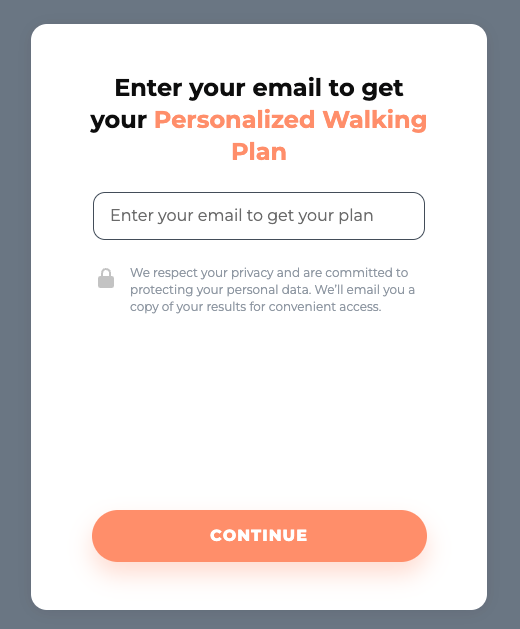
Image Source: Betterme.World
In Closing
There you have it, eight of the best ways to boost your site’s core marketing metrics by offering web visitors a great customer experience.
As you can see, none of the hacks discussed above require too big of an investment, drastic design changes, or too much time to set them up. Yet, they have tremendous potential for enhancing website performance and improving your brand’s reputation as a customer-oriented business. Plus, they could be the key to making more sales and getting more customers without upping your overall marketing spend.
